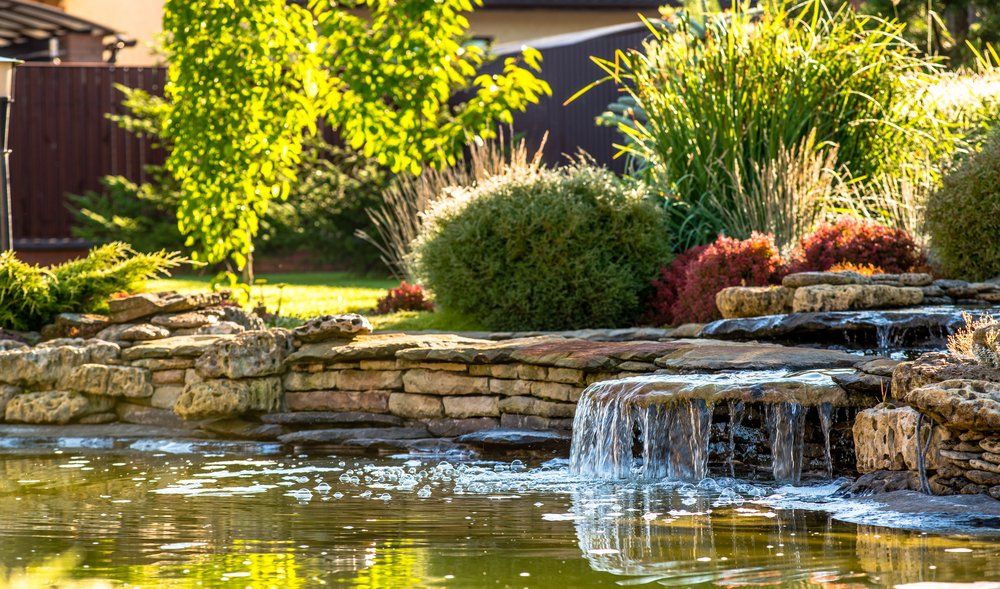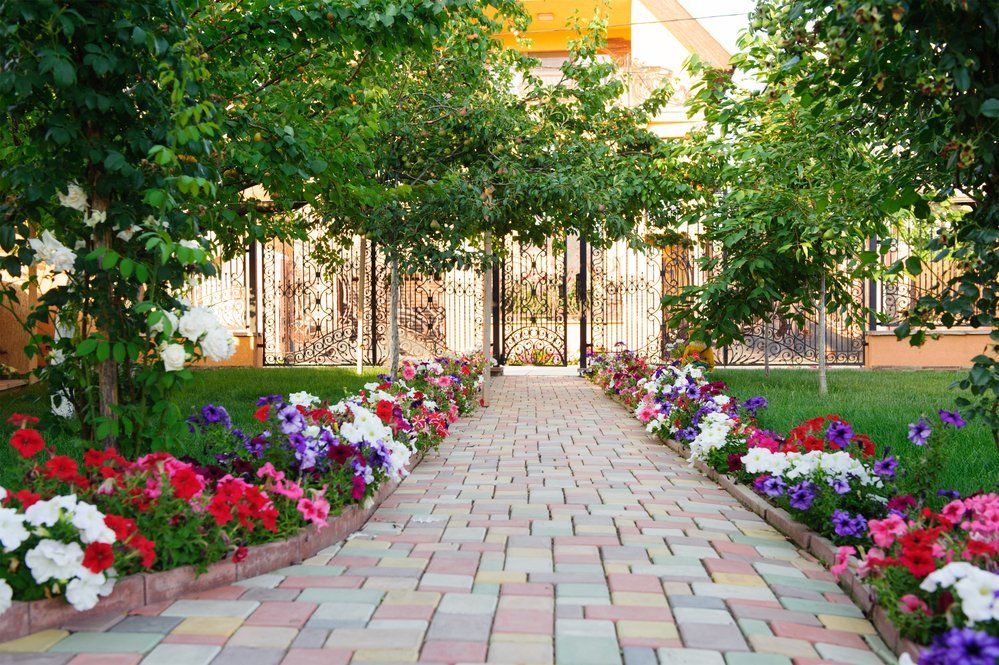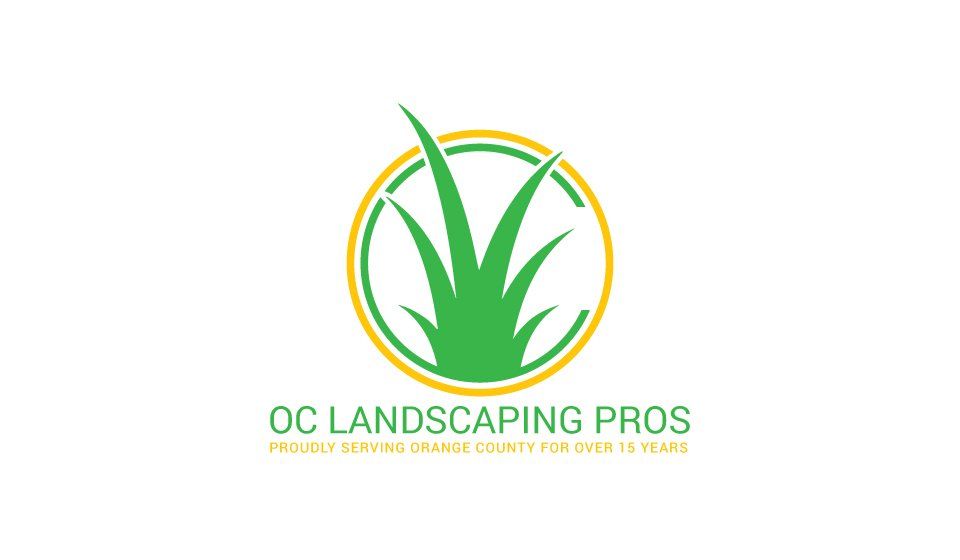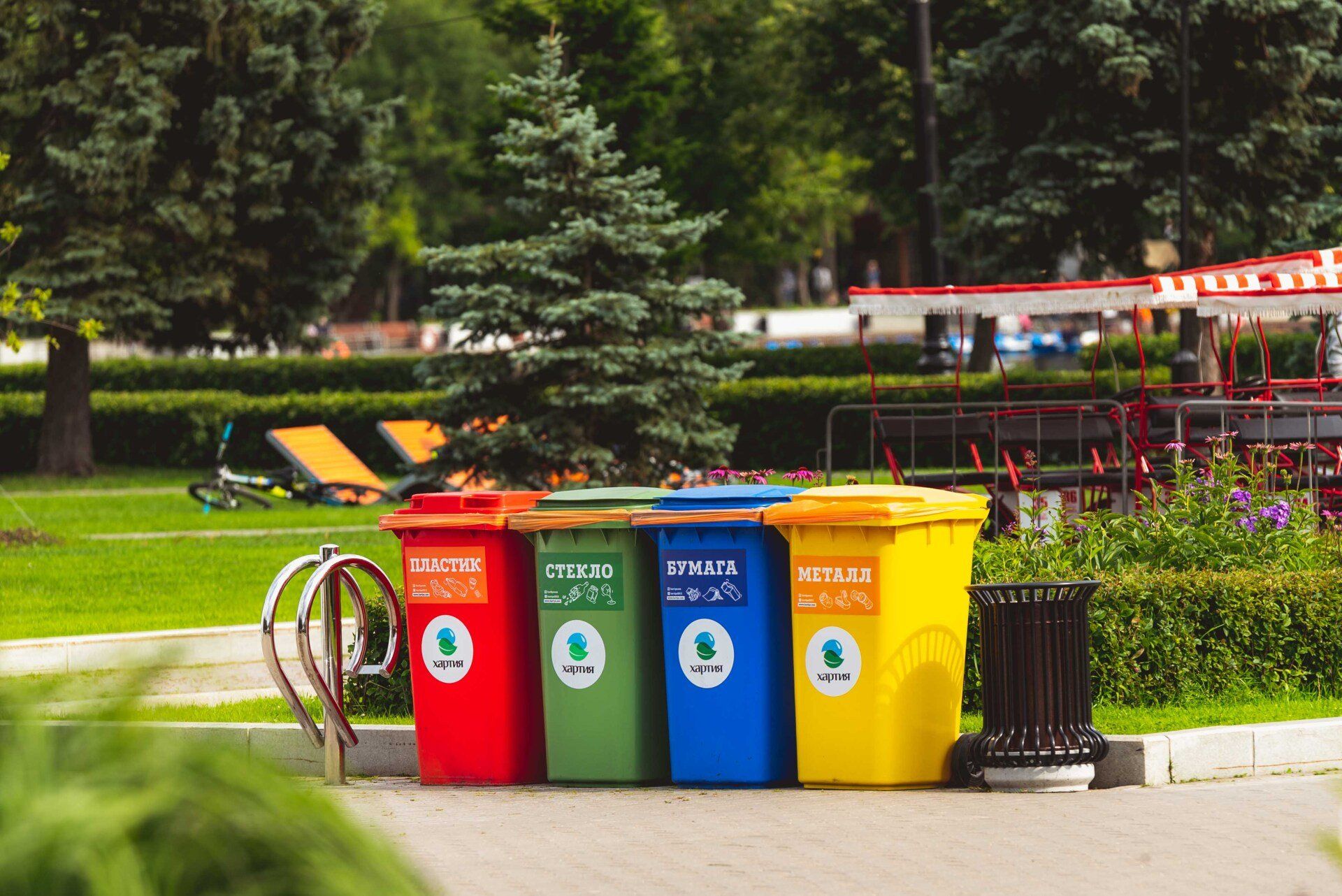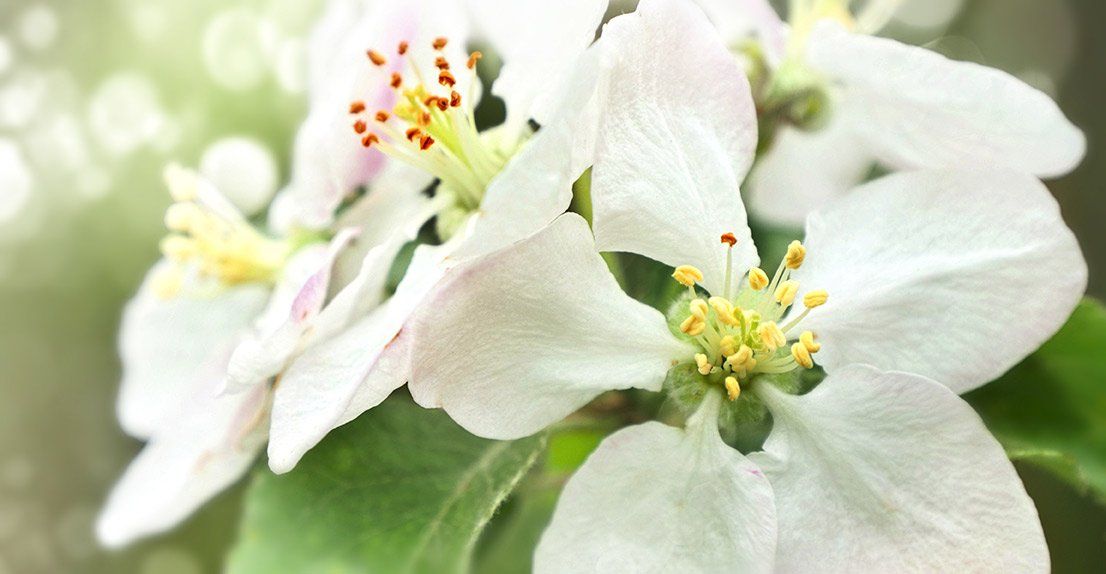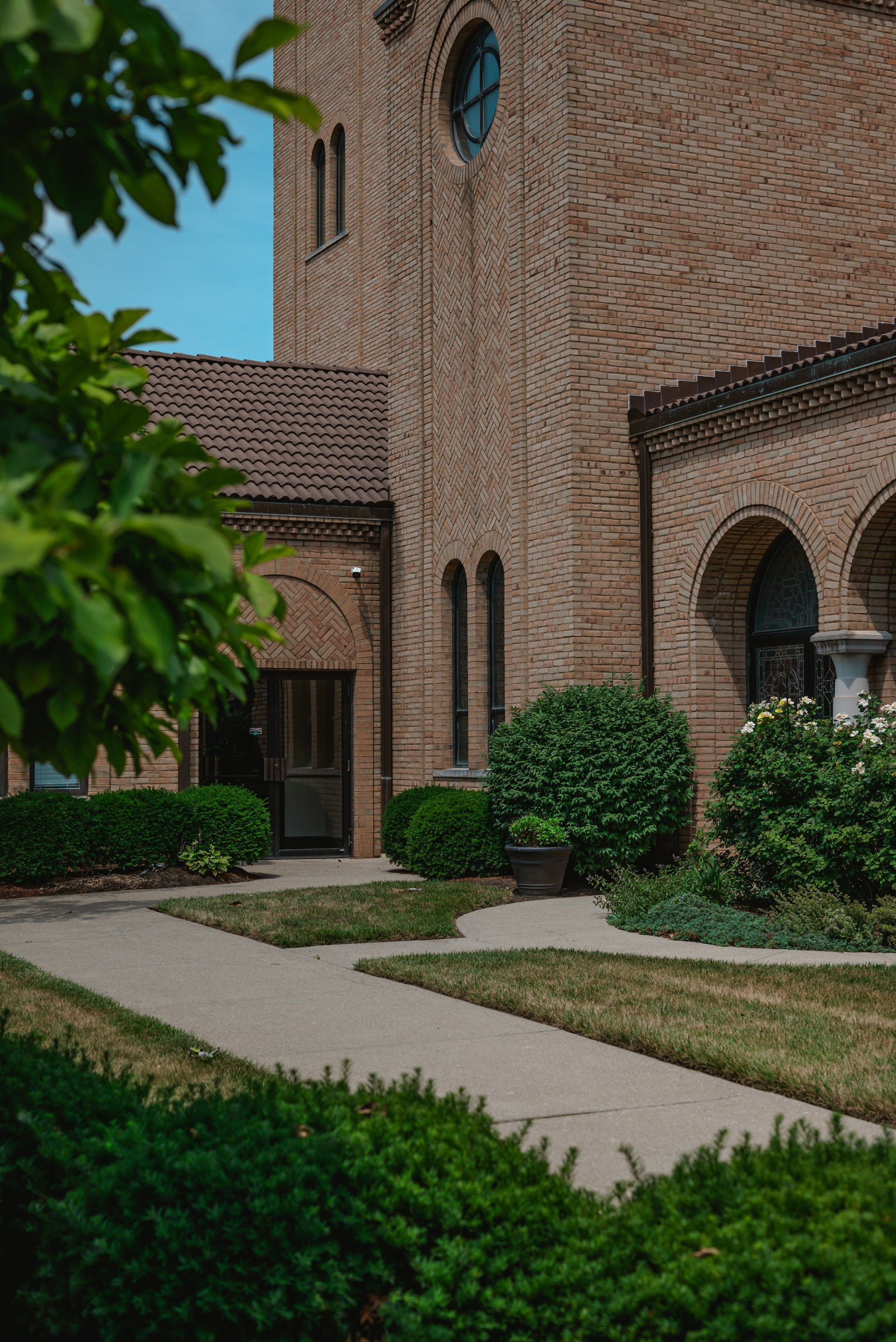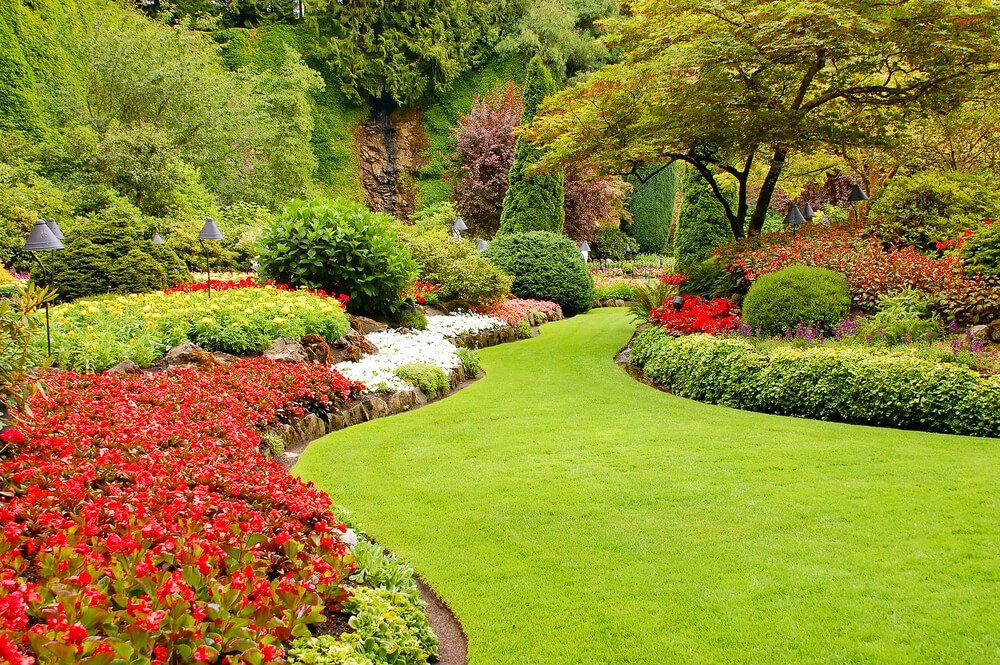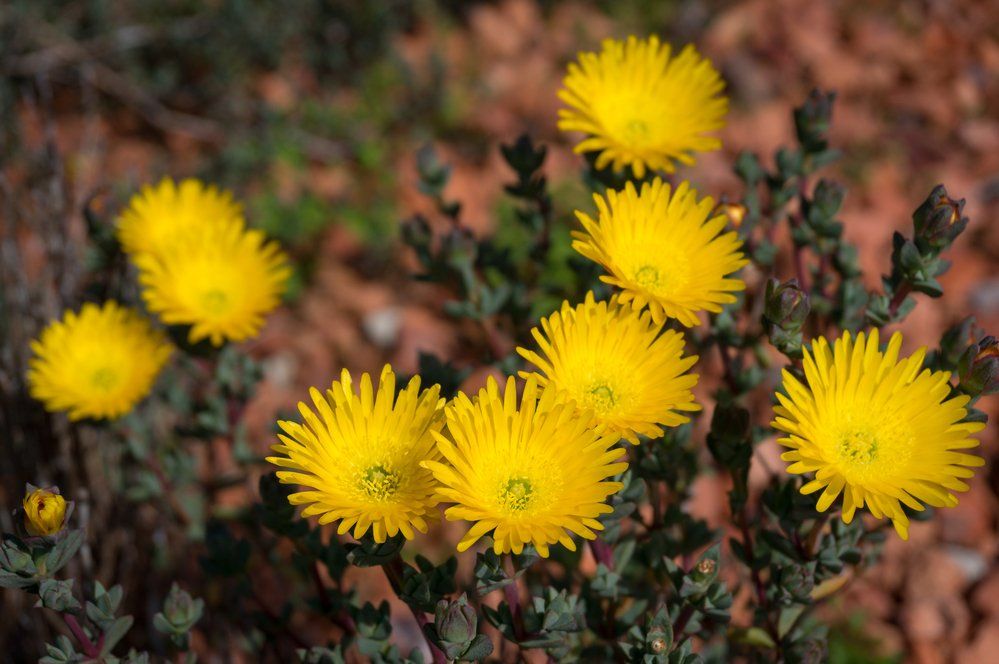The Best 7 Perennials For Any Garden
The Best 7 Perennials For Any Garden
People often say that perennials are the heart of the garden, and we agree! They keep growing year after year and come in so many different colors, sizes, shapes, habits, scents, and bloom times.
Most perennials have deep, wide roots that help them survive dry spells and protect the soil from getting washed away. Also, many people believe that to achieve a garden full of colorful blooms and attractive foliage, you have to be an
Orange County landscaping expert. But planting these perennials is something you can also do on your own.
They're easy to grow, and once you plant them, they'll keep coming back every spring to fill your yard with beautiful flowers and leaves.
Now, here are the best perennials to consider for your garden.
Springtime Peonies
Peonies are the most beautiful flowers in a spring garden. They bloom in late spring and have big, lush flowers with a strong scent. But you should know peonies need adequate sunlight. Else they won't bloom well. They are also great flowers for a period garden. They look great as a cut flower and make a nice herbaceous bush when not in bloom in spring. The only disadvantage of this perennial is that ants often surround it. But don't worry, they don't hurt the plant. They come only for the nectar. If you are cutting it to bring inside, shake the ants off. Springtime peonies are a delight in the spring and throughout summer. Peonies do best in hardiness zones 2 to 8.
Daylilies
The first thing to know about daylilies is that they are not true lilies. They grow from fleshy roots. On the other hand, true lilies, like Asiatic and Oriental lilies, grow from bulbs that look like onions and are in the genus Lilium.
For daylilies, the leaves grow from a crown, and the flowers grow on "scapes," which are stems without leaves that rise above the leaves. They are easy to grow and can survive drought, uneven sunlight, and even poor soil. Daylilies are also low-maintenance perennials — yet another reason to plant them. And your choices aren't limited.
You can choose from a huge number of beautiful daylilies. Mix early, midseason, late, and repeat-blooming varieties to have daylilies in bloom from late spring until the first frost of fall. Daylilies will do well in hardiness zones 4-9.
Siberian Iris
All irises have strappy, sword-like leaves, but Siberian iris leaves are still very pretty long after the flowers have died. They have a texture similar to that of ornamental grass and look nice even when the flowers are gone. Siberian irises are also a little more cold-hardy than most bearded irises. They do well in gardens as far north as hardiness zone 3, where most bearded irises don't do well.
Bearded iris can be hard to take care of because they get borer worms and rot, but Siberian iris don't have these problems. Siberian iris might not be as showy as other types because its flowers are smaller and don't have beards.
However, it makes up for this by being easy to grow and better able to handle drought. Most species have blue or blue-violet flowers, but cultivars can have yellow, white, pink, or red flowers. Even though the flowers aren't very big for the iris, they are colorful and have a pretty shape.
False Indigo
False indigo is a tall, upright perennial with grey-green leaves and long racemes of beautiful blue flowers that bloom from April to June. After the pea-like flowers, black seed pods grow, which you can leave on the plant for winter interest.
Even after the flowers have died, the false indigo plant looks good in the garden because of its stately shape. False indigo plants are very adaptable and reliably live for more than one year in hardiness zones 3 - 9, but gardeners will have to be patient for a while. They can be grown from seeds, but they take a long time to get going.
Even a young plant from a nursery will take at least a year to get established and start blooming. On the bright side, these plants live long. When they get big enough, they will look like a unique shrubs in the garden. And they don't need much care.
Black-Eyed Susan
By late summer, you can count on these bright-eyed plants to bring a grin to your face with their black button cores and bright yellow petals. There are both annual and perennial varieties. Therefore it's important to choose the latter.
The plant requires direct sunlight and highly nourished and well-drained soil. However, they can survive in less ideal conditions. In hardiness zones 3-9, black-eyed susans have successfully established themselves as a naturalized species. Remember that they can be very possessive of their space, to the point that they will actively try to eliminate any competing flora.
Lily of the Valley
In the northern temperate zone, the lily of the valley is one of the most fragrant plants that bloom in the spring and early summer. Tiny white bell-shaped flowers cover the stems. These often nod and smell sweet.
The leaves are lance-shaped and about 4 to 8 inches (10 to 20 cm) long and 3 to 5 inches (7.5 to 12.5 cm) wide. This plant grows in wet places and forms a spreading mass with red seed pods after it blooms. That makes the lily of the valley very attractive and easy to take care of after it blooms. What's more?
They don't need much to grow — just some shade and moist soil, and they will live for many years. Plant them in your garden in late fall to ensure they will live. Still, these plants are very flexible and would grow well in dry shade. They will thrive in hardiness zones 2-9.
Hostas
Hostas are the perfect perennials for any garden. The only thing they don't do well is to grow in full sunlight, but even some of them can handle that. They are grown mostly for their beautiful leaves and full shape. And some of them have flowers, which are a nice feature.
All you need for growing hostas is moist, humus-rich soil and a spot with some sun and shade. We particularly love hostas because they are tough. However, you need to be patient with them because they only get very big when given enough time. They thrive in hardiness zones 3-9.
Final Words
Other perennials that will do well in your garden include blue cohosh, asters, hepatica, merry bells, and many more. It is time to give your garden what it deserves! Plant some of these perennials today. If you are unsure which would thrive in your garden, then you may want to contact
gardening services in Orange County. And, of course, we are here to help you. But if you're worried about budget, here's all you need to know about
renovating your garden on a budget.
